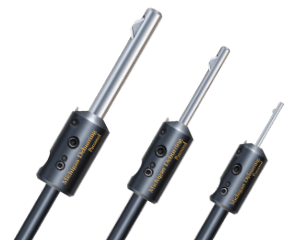With an increasing focus on durable building materials and materials that can easily be reused or recycled, sheet metal is a popular option in many types of manufacturing, building, and fabrication. Strong, durable, and resistant to environmental factors, sheet metal is a cost-effective material for many types of applications.
There are several different methods that can be used to create parts and components out of sheet metal. One option includes metal stamping, which uses highly pressured rams to force sheet metal through a die or a series of dies to create simple to complex shapes.
Other forms of sheet metal forming can be used to develop small to large components or parts through bending, rolling, spinning another type of processes. These can also be used to create simple to more complex shapes. They all use the gradual shaping of the sheet metal to create the end product, and they do not remove or machine the sheet metal to create the shape.
Bending
Bending is a process in sheet metal forming that can be used to form curves in the metal or sharper corners and angles through the use of a press brake. With these processes, the sheet metal is loaded into the brake and positioned over the die; the press brake is then closed to bend the sheet and pus it into the die to create the desired interior and exterior angles, curves or shapes.
Rolling
Rolling is somewhat similar to stamping in that it uses a series of shaped rollers to gradually create a final interior and exterior shape to the sheet metal. The rollers become progressively more complex to create the desired cross-section profile for the sheet. This can be a precise process, and the parts produced have tight tolerances.
Spinning
Spilling uses a blank (a pre-cut piece of sheet metal) that is pressed onto a mandrel (desired shape) with a roller tool. As the pressure is applied, the blank is formed to the shape of the mandrel.
Spin forming can be done by hand or by CNC lathes, with the last option common for volume production requirements.








